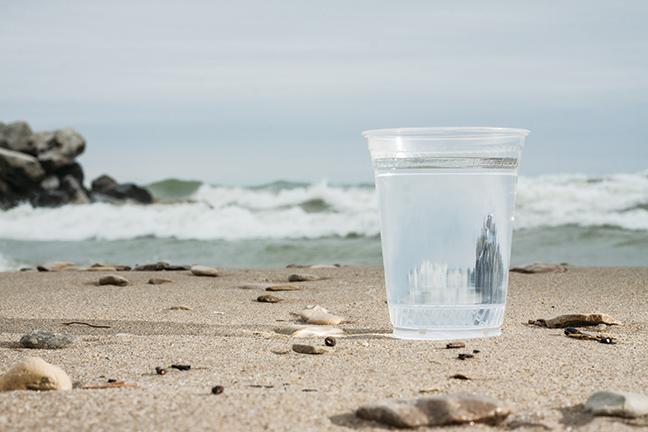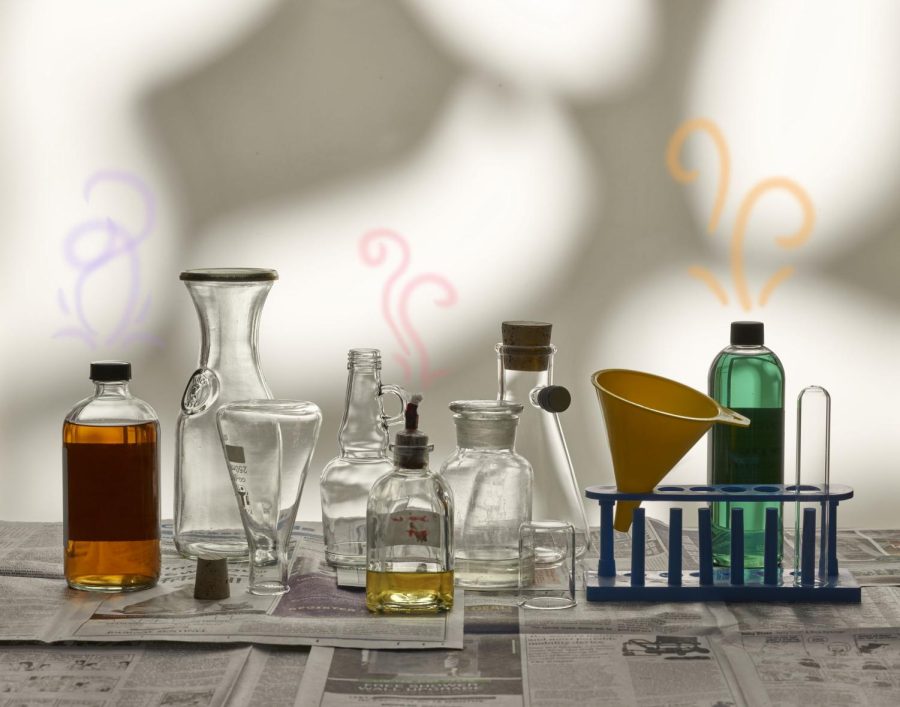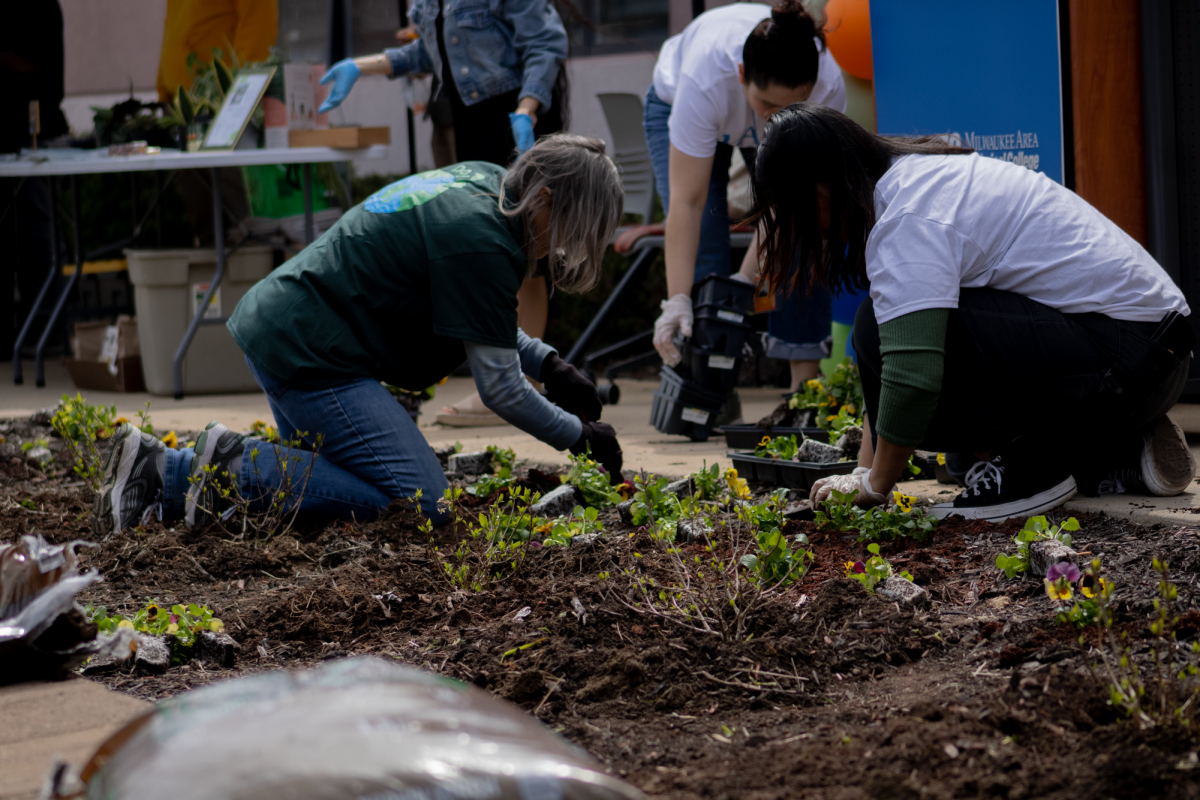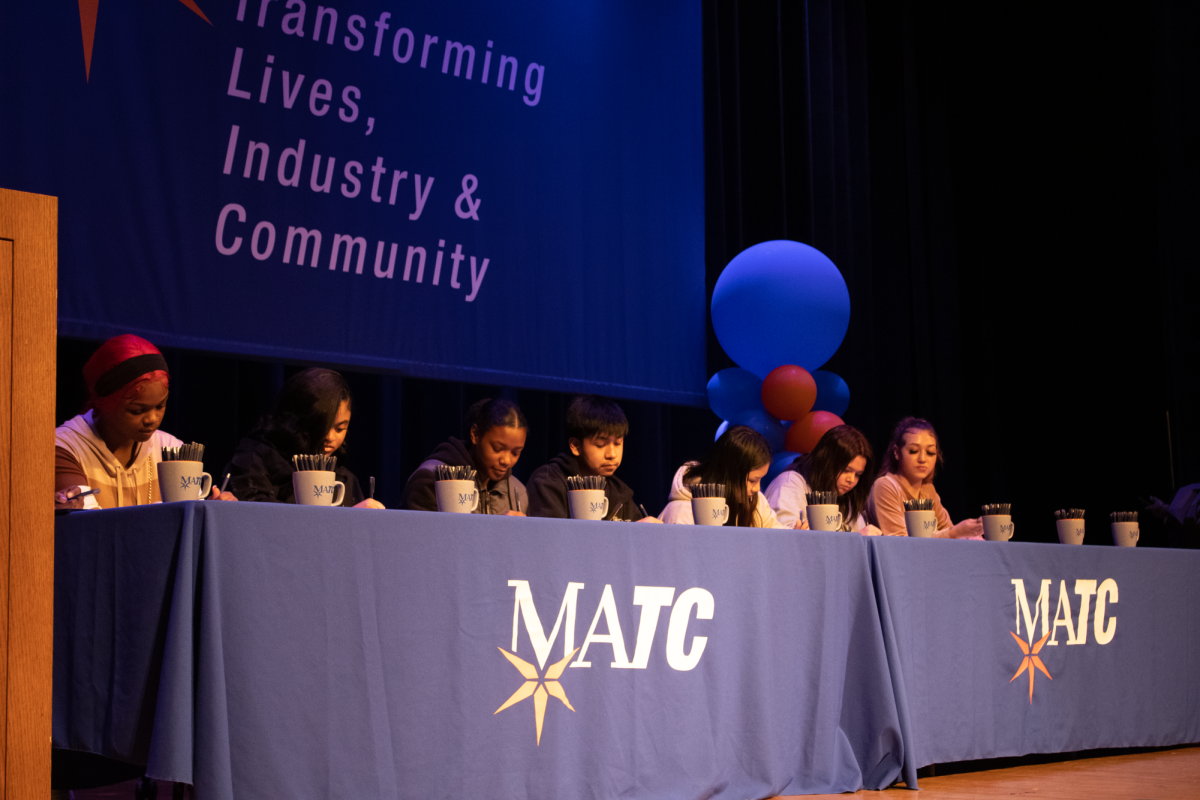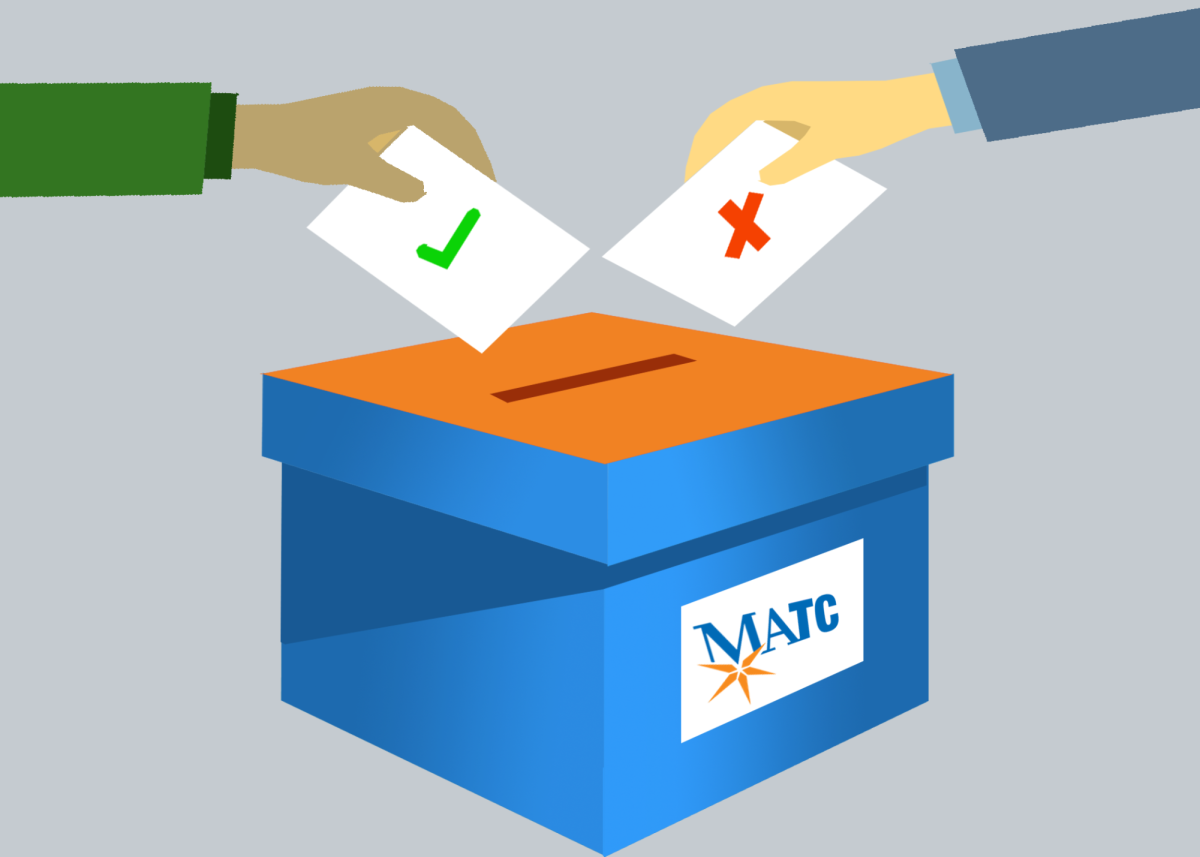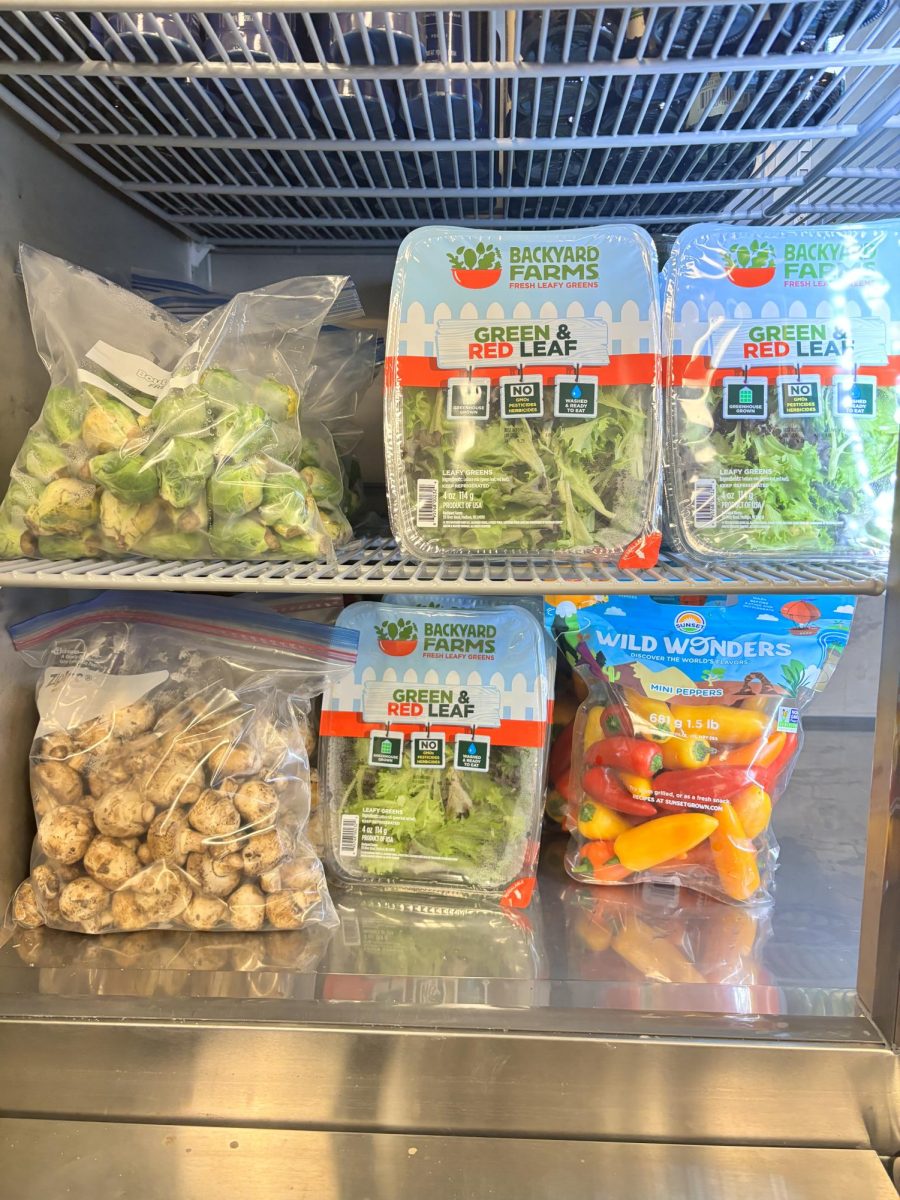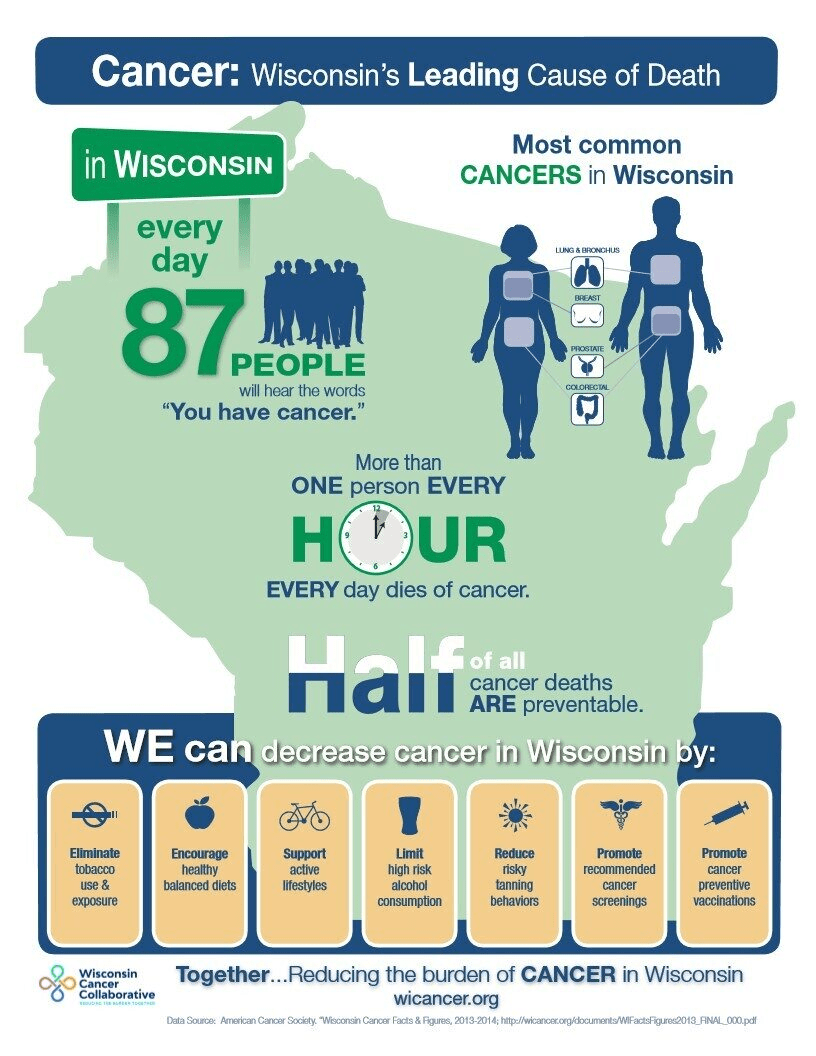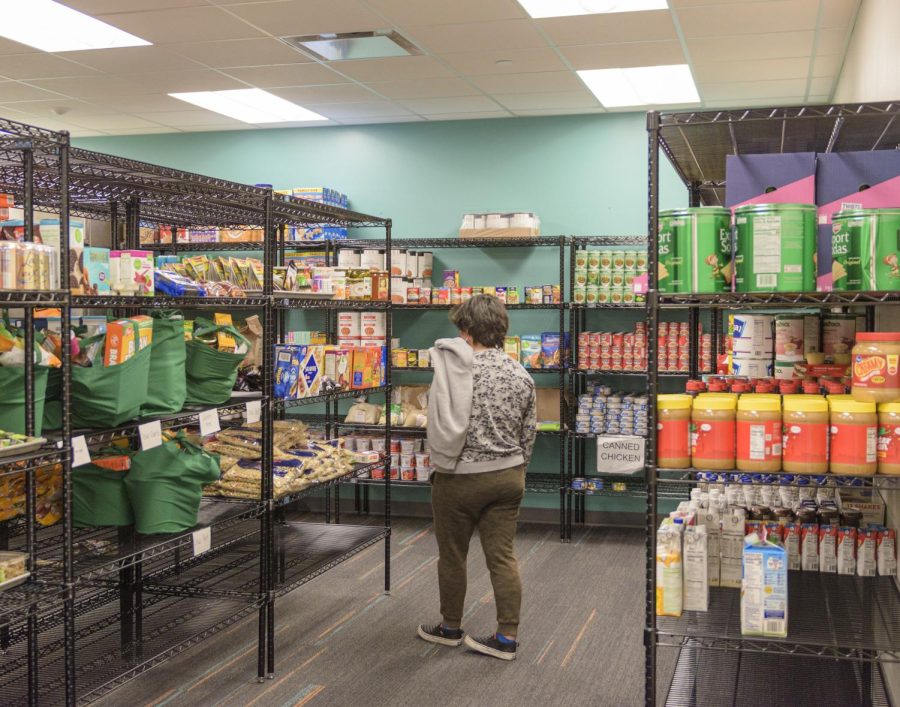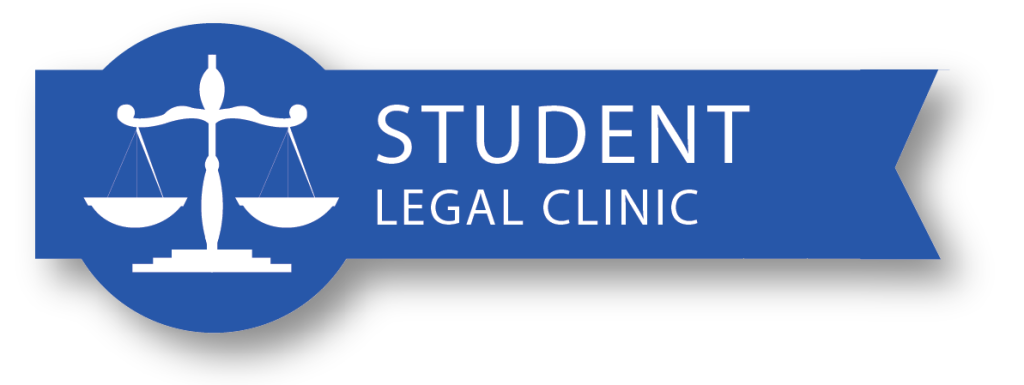No water – no life: Mequon campus celebrates World Water Day
Billions of people don’t have the most basic element of life – clean, drinkable water. In fact, according to the World Health Organization, 2.2 million people die annually from waterborne diseases and illness. This is such a crisis that in 1993 the United Nations declared March 22 to be World Water Day.
To help draw attention to protecting the purity of our water supply, Kathy Bates, instructor for the Environmental Health and Water Quality Technology program, had her students do a presentation or poster highlighting the importance of the Great Lakes. On March 24, several posters were displayed on the lower level of the Mequon campus, as well as in a three-panel display case on the second floor. This was a service learning event from a GLISTEN grant (Great Lakes Innovative Stewardship through Education Network) that MATC received, which is used to increase the awareness of the value and importance of the Great Lakes.
Bates stated the EHWQT program, which leads to an Associate in Applied Science degree, has about 45 students with an average age of 32-34 years old. The Mequon campus has been home to this program since 1975; its ideal location has access to rivers, ponds, creeks, and of course, Lake Michigan.
Students Benjamin Nemec and Chris Matz created a very informative poster on “Microbead Invasion of the Great Lakes.” Matz said that “plastics put into personal care products and how they end up in the lakes” was the focus of their project. The fish eat the plastics and we eat the fish, and the cycle continues. Nemec added that toxins are attracted to the beads, which ultimately make their way up the food chain and have numerous adverse health effects.
Another student, Wilneisha Smith, did her project on “Road Salt and the Effects on the Great Lakes.” She said that the greatest danger is “the contamination of our drinking water.” Many people have wells in Wisconsin and they are the hardest hit when the salt gets absorbed into their wells, said Smith.
According to National Geographic “The Great Lakes – Superior, Michigan, Huron, Erie Ontario – along with the rivers, channels, and lesser lakes feeding or draining them, constitute the largest surface freshwater system on Earth.” In fact, the EPA tells us that the Great Lakes provide 21 percent of the world’s freshwater, and an astounding 83 percent of North America’s freshwater.
As the EHWQT students study our water issues, they will be well prepared with a broad based education to be hired as plant managers and other decision-making positions which previous graduates can attest to. Bates stressed that employers welcome these students and appreciate how equipped they are for the job; some even go on for a bachelor’s or master’s in their fields. The wave of the future is technology to conserve what we have; especially life’s most precious resource – clean, crisp, drinkable water.
